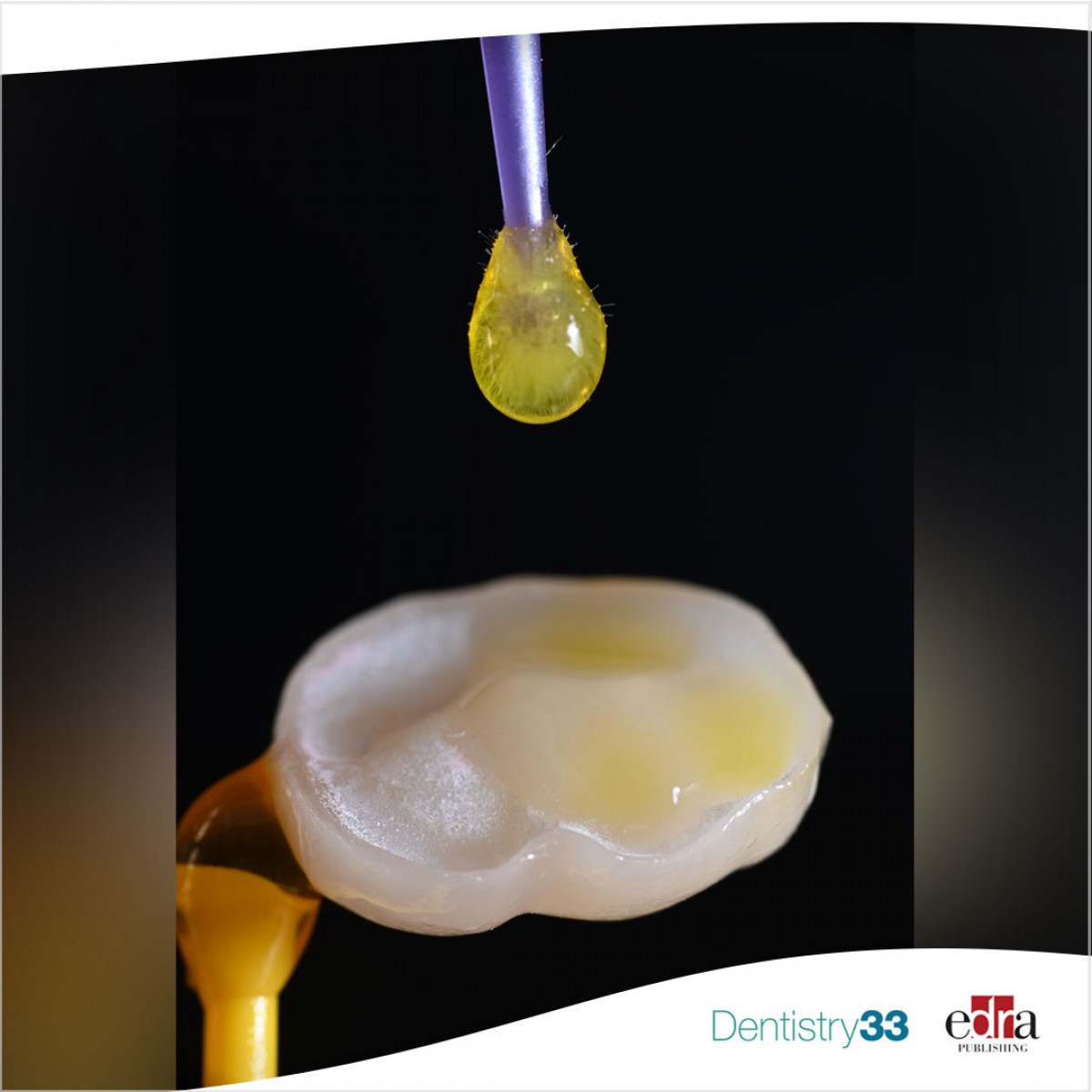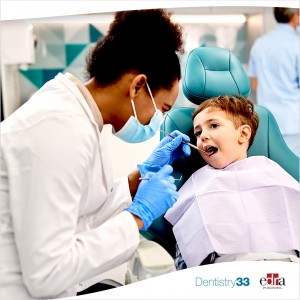
An overview of the latest progress in adhesive dentistry
By Lorenzo Breschi and Annamaria Forte
This critical review by M. Cadenaro et al. aims to present an overview of the latest innovative materials and techniques present in modern adhesive dentistry.
In the last decade, researchers have been focused on improving the mechanical properties and bonding performances of resin-based dental adhesives, leading to the introduction of new adhesive materials characterized by simplicity, time-saving and less operator dependent. Consequently, more user-friendly single bottle or syringe materials were introduced. The new restorative materials must also be dependable and ensure a durable restoration.
This progress should result in greater tolerance for potential errors during bonding and cementation procedures. To accomplish these arduous tasks, different chemical components and techniques are continuously being developed and introduced into dental adhesive materials, such as the addition of functional monomers and silanes into the composition of materials to allow chemical reaction with tooth structure and restorative materials and multimodal use.
There is solid scientific evidence in the literature of the excellent clinical performance of composite restorations based on the formation of hybrid layers created by the gold standard 3-step etch-and-rinse (EAR) or 2-step self-etch (SE) systems.
The universal or multimode adhesives (UAs) represent the latest and versatile generation of adhesive systems. Indeed, they can be used in EAR, selective enamel etching (SEE) or SE mode according to the clinician’s choice and clinical situation.
They also are less susceptible to dentin moisture and can offer reliable adhesion to different dental and/or restorative substrates such as composites, ceramics, and metal alloys thanks to the presence of functional acidic monomers (10-MDP). It was noteworthy that also with UAs, the SEE mode has to be followed to enhance bonding behavior and minimize the risk of post-operative-sensitivity.
Current research is mainly focused on the development of bioactive compounds with antimicrobial or remineralizing properties, preventing the formation of recurrent caries at the tooth–restoration interfaces and the consequent failure of the resin restorations. In order to do this task, chlorhexidine is a popular MMP inhibitor and antimicrobial agent, mainly proposed as an extra-priming step for demineralized dentin, which is now included in some of the recent adhesive formulations with the same purpose.
Regarding etchants, alternative materials and techniques have been developed to address the drawbacks of phosphoric acid dentin etching. The possibility of having a self-limiting etchant, which reduces the risk of dentin over etching, is also appealing. Due to the variability of the dental substrate, it would be advantageous to have a universal etchant capable of effectively etching enamel and dentin simultaneously.
The world of resin-based materials has been simplified thanks to the introduction of self-adhesive resin composite cements. It is important to note that the bond strength of universal resin cements to enamel is lower at baseline or after artificial aging compared to several multistep or self-adhesive resin cements.
Looking at the recent advances in dental materials, it seems that the future of adhesive dentistry is based on the formulation of a versatile universal material to be used both in the adhesive and self-adhesive mode, maintaining at the same time mechanical properties that allow it to be used both for cementation and restorative purposes.
Cadenaro M, Josic U, Maravić T, Mazzitelli C, Marchesi G, Mancuso E, Breschi L, Mazzoni A. "Progress in Dental Adhesive Materials." J Dent Res. 2023 Mar;102(3):254-262. doi: 10.1177/00220345221145673. Epub 2023 Jan 24. PMID: 36694473.
 Related articles
Related articles
Restorative dentistry 31 August 2023
Effect of denture adhesive for dry mouth on retentive force of experimental palatal plates
While previous studies on models have shown the effectiveness of denture adhesives in terms of retention and cleanability, no reports have evaluated their effectiveness in the oral cavity.
Oral pathology 13 April 2023
Denture adhesives with silver nanoparticles effective against Candida albicans
Compound also reduces denture stomatitis: study
In a study published in April 2023 in the Journal of Dentistry, the authors evaluated the antimicrobial potential of silver nanoparticles synthesized by three methods, incorporated into denture...
Pediatric dentistry 26 October 2022
One of the milestones of preventing occlusal caries is the early application of sealants for pits and fissures. Recently, a new group of primed adhesive sealants have been introduced with an aim...
Restorative dentistry 11 July 2022
Which adhesive strategy and dental material can reduce secondary caries risk?
The accumulation of plaque, which determines poor oral hygiene in the patient or the presence of incongruous restorations, can lead to the development over time of a secondary caries, or a carious...
Restorative dentistry 01 April 2021
STATE OF THE ART OF UNIVERSAL ADHESISIVES; CLINICAL PERFORMANCE: A systematic review of literature
Authors: Stefano Daniele, Andrea Alessandri
The aim of this systematic review it’s to provide a critical evaluation about Universal adhesives to the currently adhesive’s procedures considered as gold standard in dental adhesion strategy...
 Read more
Read more
Editorials 10 October 2025
With proud smiles and crisp white coats, ninety-three learners from the DDS Class of 2029 and the International Dentist Pathway Class of 2028 marked the start of their dental careers at the UCSF...
Periodontology 10 October 2025
Continuous professional development (CPD) in Periodontology refers to the overall framework of opportunities that facilitate a life-long learning practice, driven by the learner-practitioner and...
TheraBreath, the #1 alcohol-free mouthwash brand in the U.S.*, has introduced a new line of dentist-formulated, clinically tested toothpastes designed to support professional oral care...
News 10 October 2025
New officers and trustees were installed at the Minnesota Dental Association’s Leadership Conference on September 19 in Minneapolis.
News 10 October 2025
Smartee Denti-Technology today announced that Professor Gang Shen, its Chief Scientist and Executive President of TaiKang ByBo Dental, has once again been named to the World’s Top 2% Scientists...














